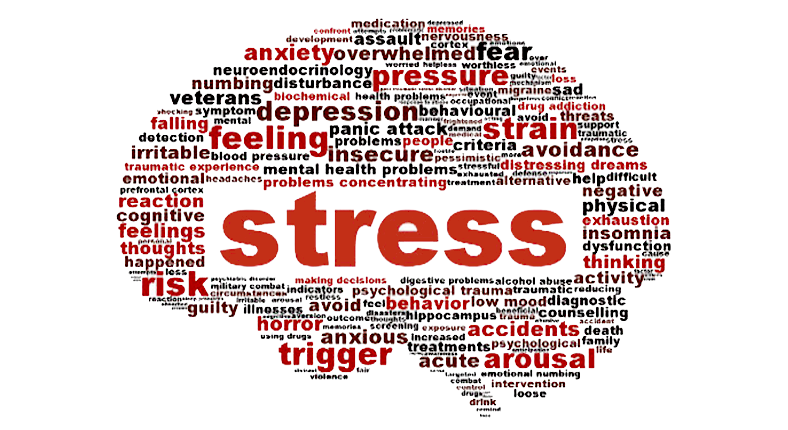After the end of World War II, the good versus evil nations paradigm was applied to the War Between the States as well. Before 1939, the dominant interpretation of the war stressed national reconciliation. Historians such as Avery Craven saw the war as an unnecessary conflict brought about by errors and intransigence on both sides. The foremost American historian of the time, Charles A, Beard, saw the war primarily in economic terms, as a conflict between the industrialized North and the agricultural South. In the new view, by contrast. as expressed in a pioneering article, “The Causes of the Civil War” by the ardent New Dealer Arthur M. Schlesinger, Jr. in Partisan Review (1949), the war was seen as a Manichean struggle in which the heroic Abraham Lincoln battled the evil slave power.
The neocons have continued the demonization of the South today, e.g., by campaigning to destroy all Confederate monuments and by rooting out any sympathy for the Confederate cause in history textbooks. General Robert E. Lee, once a national icon, is now reviled, and Abraham Lincoln, who bears primary responsibility for a horrendous war and for the growth of the Leviathan state, is treated as a virtual demigod.
As the great Tom DiLorenzo, the president of the Ludwig von Mises Institute has pointed out, Lincoln’s motive for war on the South was not the eradication of slavery—he urged the adoption of the Corwin Amendment, which would have guaranteed non-interference with slavery in place where it then existed—but the continued collection of tariffs, the principal source of the federal government’s tax revenues, Secession, he thought, must be forcibly suppressed to secure this vital source of revenue. As DiLorenzo says, “Lincoln then threw down the gauntlet in his first inaugural: ‘The power confided in me,’ he said, ‘will be used to hold, occupy, and possess the property, and places belonging to the government, and to collect the duties and imposts; but beyond what may be necessary for these objects, there will be no invasion–no using force against, or among the people anywhere.’
‘We are going to make tax slaves out of you,’ Lincoln was effectively saying, ‘and if you resist, there will be an invasion.’ That was on March 4. Five weeks later, on April 12, Fort Sumter, a tariff collection point in Charleston Harbor, was bombarded by the Confederates. No one was hurt or killed, and Lincoln later revealed that he manipulated the Confederates into firing the first shot, which helped generate war fever in the North.” See
this.
Mark Thornton and Robert B. Ekelund, Jr., in their excellent book Tariffs, Blockades, and Inflation have also made a strong case that tariffs were the primary cause of the war.
~ Lew Rockwell, "The Myth of Good and Bad Nations," LewRockwell.com, May 20, 2024











































